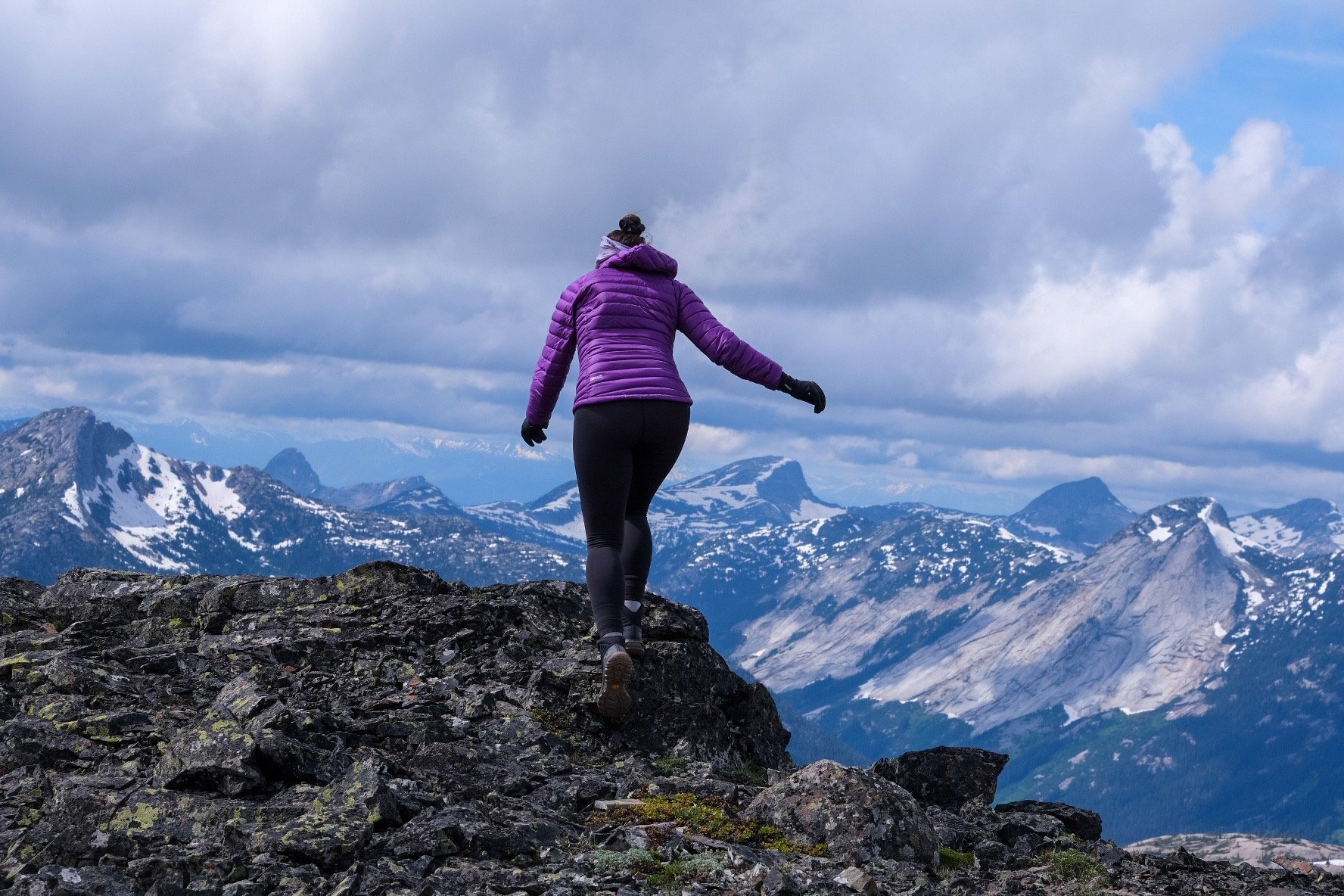Layering 101: Fall and Winter Hiking
As the leaves begin to change and the rain (and snow) arrives with fury, many of us take this as our cue to pack up our gear and anxiously await the spring. Summer may be over but the hiking season doesn’t have to be, with the proper clothing, gear and knowledge we can enjoy the mountains year round.
Layering Up:
If you’re not familiar with layering, it’s essentially the concept of layering your clothing so that you can easily add or subtract items as needed. Being able to adapt to the changing environment is very important, especially in the cooler seasons. When hiking in the fall and winter temperature shifts, precipitation and wind throughout the day become all the more common and your body temperature will also change with your activity level. Layering helps your clothing to keep you warm, dry and protected from the elements.
We like to think of layering as a three-part system: your base layer, mid layer and outer layer; you won’t always need all three layers but the idea is to pack all three so that you can adjust as required through-out the day. There are a ton of different options out there, but here are some things to keep in mind for each:
Baselayer
Your baselayer should fit snug to your skin and is designed to wick sweat away from your body keeping you warm and dry. Avoid cotton which clings to the skin when wet, doesn’t insulate and takes longer to dry.
Base layers come in both natural and synthetic materials and various weights, a lot of this will come down to personal preference and environmental needs. Consider what type of climate you will be hiking in and pick layers rated for that zone.
Midlayer
Your mid layer is the insulation that retains body heat and protects you from the cold. Just like base layers there is a broad range of options, the most common are polyester fleece, down insulated jackets and synthetic insulated jackets. Again this will come down to personal preference and the environment you will be hiking in.
Outerlayer
Your outer layer is the shield, shielding you from the wind, rain and snow. You generally want something waterproof or water resistant, quick drying, durable and breathable. Most shells these days are designed to let perspiration escape while still having water bead up and roll off the outside of the fabric due to the durable water repellent (DWR) treatment.
With so many options to choose from I’ve included some of my favourites in the gear guide at the bottom of this blog.
If you are looking for kid specific recommendations check out my other blog: Laying 101: Toddler Edition
Getting the Gear:
Aside from choosing the right clothing some other things to consider are the different types of gear you might need in the fall or winter, such as microspikes or snowshoes, trekking poles, head lamps and snow safety.
Check out our blog on gearing up for winter adventures for more detail.
Layer Up with Cassie's Picks:
Baselayers:
Insulation & Midlayers:
Shells:
Other:
Headlamp:
Hiking Crampons:
Snowshoes:
Trekking Poles:
Disclaimer: This blog post may feature some affiliate links, which means I get a small commission if you make a purchase (at no extra cost to you). It’s one of the ways I can keep producing free guides and resources for my readers. Thank you for the support!






